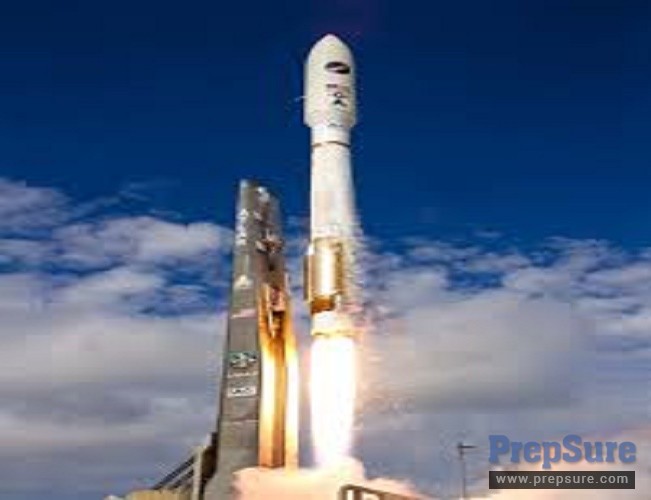SpaceX booster makes safe return to Earth
SpaceX’s orbital-class Falcon 9 blasted off, then returned to Earth on Monday evening, signaling a new era in which reusable rockets could make sending probes and people into space a bit more affordable. The company has tried twice before to land a rocket, without success (see “SpaceX Claims Partial Success with Rocket Crash Landing”).
The successful landing could have a huge impact on future space travel.
The mission’s primary objective was the delivery of 11 satellites into a low Earth orbit constellation for ORBCOMM, a machine-to-machine and Internet of Things solutions provider.
The Washington Post notes that Monday’s landing is yet another breakthrough for the Hawthorne, California-based space company, which was the first private company hired by the National Aeronautics and Space Administration to ferry supplies to the $100 billion worth orbiting lab. SpaceX won another contract, along with Boeing, to fly space crew to the International Space Station, as soon as 2017.
The first stage of the rocket deploys fold-out steering fins, as it maneuvers toward a vertical landing back at Cape Canaveral.
The successful landing comes just weeks after Blue Origin, a space company headed by Amazon founder Jeff Bezos, surprised the world by sharing news of its own successful landing of its New Shepherd rocket after being launched to the edge of space and returning. “It’s a revolutionary moment”, Musk told media after the landing.
The Falcon 9 rocket lands on its launchpad. Elon Musk said shortly after the launch that though the company will test it, this rocket will be stored away somewhere safe. The gentle landing marked the first time any large rocket has managed a controlled recovery after delivering a payload into orbit. Historically, the rocket boosters for most space launches have fallen into the ocean, never to be used again.








